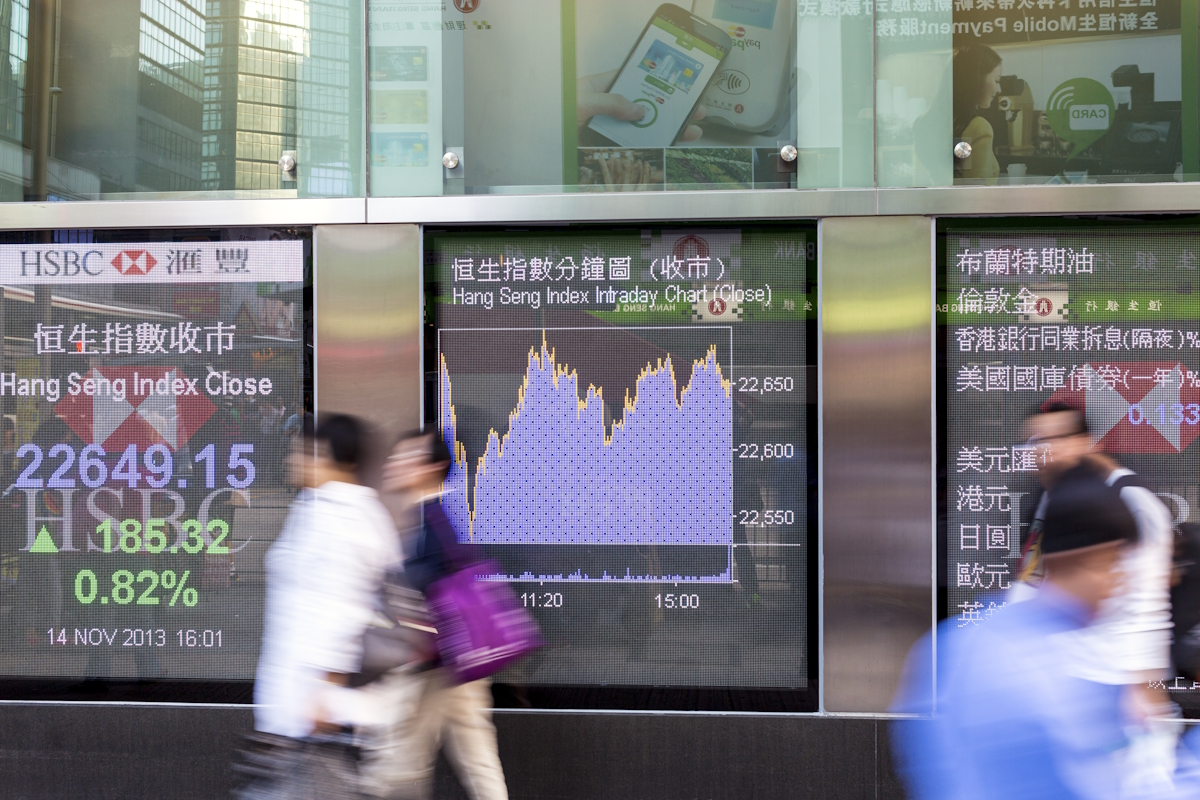In recent years, the debate around how to allocate to China has intensified. Should investors continue to include China as part of a global emerging market (EM) equity allocation, or should they allocate to China on a standalone basis instead? According to Schroders, both approaches have their merits, and the choice ultimately depends on an investor’s objectives and constraints.
“There are pros and cons to both approaches, each of which may carry greater weight depending on an investor’s objectives and constraints,” says Kirsty McLaren, Investment Director, Emerging Market Equities, at Schroders. “As such, both have validity, but what’s crucial is that the decision on which path to take is made following an informed assessment.”
China remains the largest component of EM benchmark indices. As of April 2024, it accounted for approximately 26% of the MSCI Emerging Markets Index, followed by India at 18%, Taiwan at 17%, and South Korea at 12%.
However, the increasing accessibility of China’s domestic market to foreign investors has boosted the popularity of standalone China funds in recent years, with EM ex China strategies also gaining popularity.
EM including China vs. standalone allocation
“A single allocation to EM including China minimises the costs to the investor in terms of search, monitoring and fees compared to an EM ex China plus standalone China approach. It also unifies risk management across EM equities,” points out McLaren. “However, for a large, sophisticated investor with extensive resources, cost differences are unlikely to be meaningful.”
Looking at the MSCI Index ex China, India, Taiwan, and South Korea are the main share gainers, accounting for an aggregate 64% of that index compared to their 47% share of the MSCI EM index.
At the same time, the exposure to IT raises in the EM ex China index (28.87% compared to 22.74%) and Consumer Discretionary (6.85% compared to 12.88%) and Communication Services (4.5% compared to 9.05%) decline. Schroders further notes a notable shrink in the numbers of very large and very small stocks. In total, the number of index stocks falls from 1,374 to 671 when excluding China.
Comparing the performance, the EM ex China has returned 0.56% over the past three years to April 2024, compared to MSCI EM’s -5.69%. However, the annual returns have been quite similar over a ten-year horizon, with EM ex China at 3.91% and MSCI EM at 2.96%. The same stands for the period since December 2000, with EM ex China at 8.03% and MSCI EM at 7.56%.
McLaren concludes, “In our view, both approaches have validity. So long as the investor is aware of the pros and cons of each approach, they can make an informed decision that accommodates their own preferences.”










 Australia
Australia China
China India
India Indonesia
Indonesia Japan
Japan Malaysia
Malaysia Philippines
Philippines Singapore
Singapore South Korea
South Korea Taiwan
Taiwan Thailand
Thailand Vietnam
Vietnam
 Germany
Germany Hong Kong
Hong Kong USA
USA Switzerland
Switzerland Singapore
Singapore








